Before the 1930s, dinars and coin-like bracteates were traditionally used as cash. On the other hand, gold coins have primarily been manufactured as bullion coins for investors and commemorative coins for collectors in recent decades.
Modern gold coins are still legal tender, but their metal value usually exceeds the nominal value; therefore, they rarely appear in regular financial transactions. According to Precious Metal, the American Gold Eagle has a face value of ten dollars but a metal value of more than $1800.
Collector Coins
The gathering of coins or other forms of minted legal currency is known as coin collecting. This type of gold that circulated for a short time, coins with mint faults, and unusually attractive or historically significant pieces are often of interest to collectors.
Coin value depends on the quality and condition of the coin. A high-quality coin is worth much more than a poorly-graded one. For this reason, coin collectors have developed systems for describing the overall condition of coins.
Some of the collector coins include:
•1909-S V.D.B. Lincoln Cent
•1921 Peace Dollar
•1878-CC Morgan Silver Dollar
•1914-D Lincoln Cent
•1955/55 Doubled Die Lincoln Cent
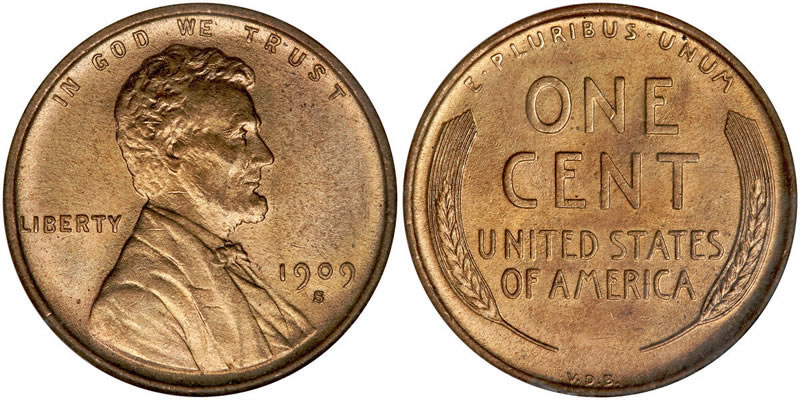
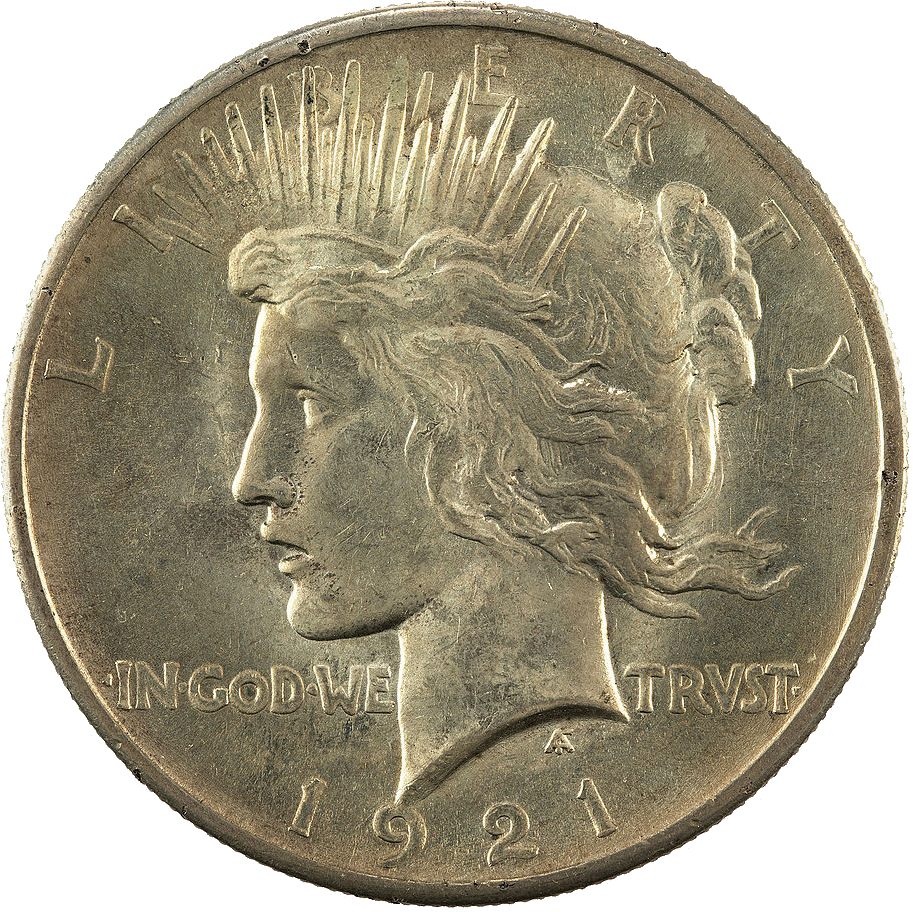
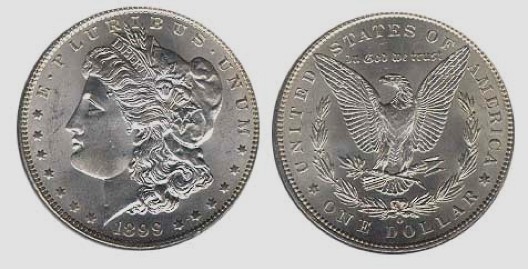
While it's certainly possible to profit from collecting collector's coins or collector gold bars, it's not as easy as it seems. Unlike regular investment companies, collector's coins are not subject to valuations or appraisals. Instead, they're considered a rare asset that is worthy of value.
Bullion coins
Bullion coins are physical gold that are made of refined precious metals. They are used mainly as investments and as a store of value. These coins are rarely used for day-to-day commerce as are jewelry made of gold. If you wonder what bullion coins are, let us define them first.
They are a type of investment coin. The quantity of gold and silver determines the value of a bullion coin. Bullion coins are valuable investments and their price increases with their rarity and value. They are also scarce, and collectors usually pay top dollar for them.
Some bullion coins include:
•U.S. Gold Eagle
•South African Krugerrand
•Chinese Gold Panda
•Canadian Gold Maple Leaf
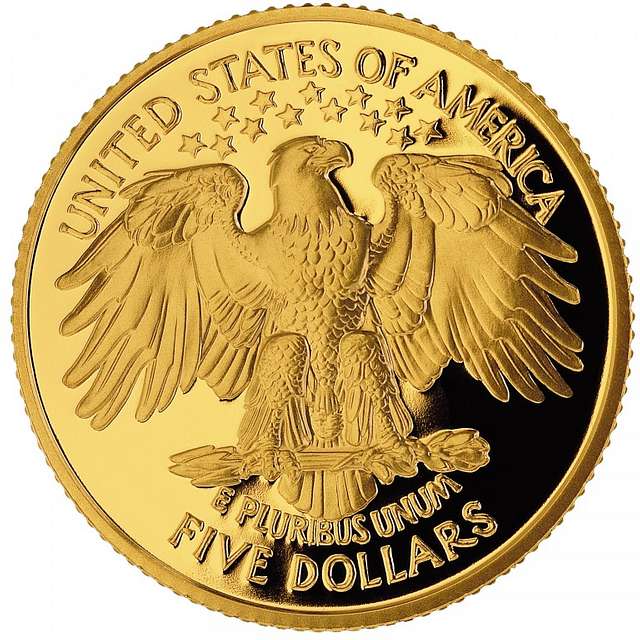
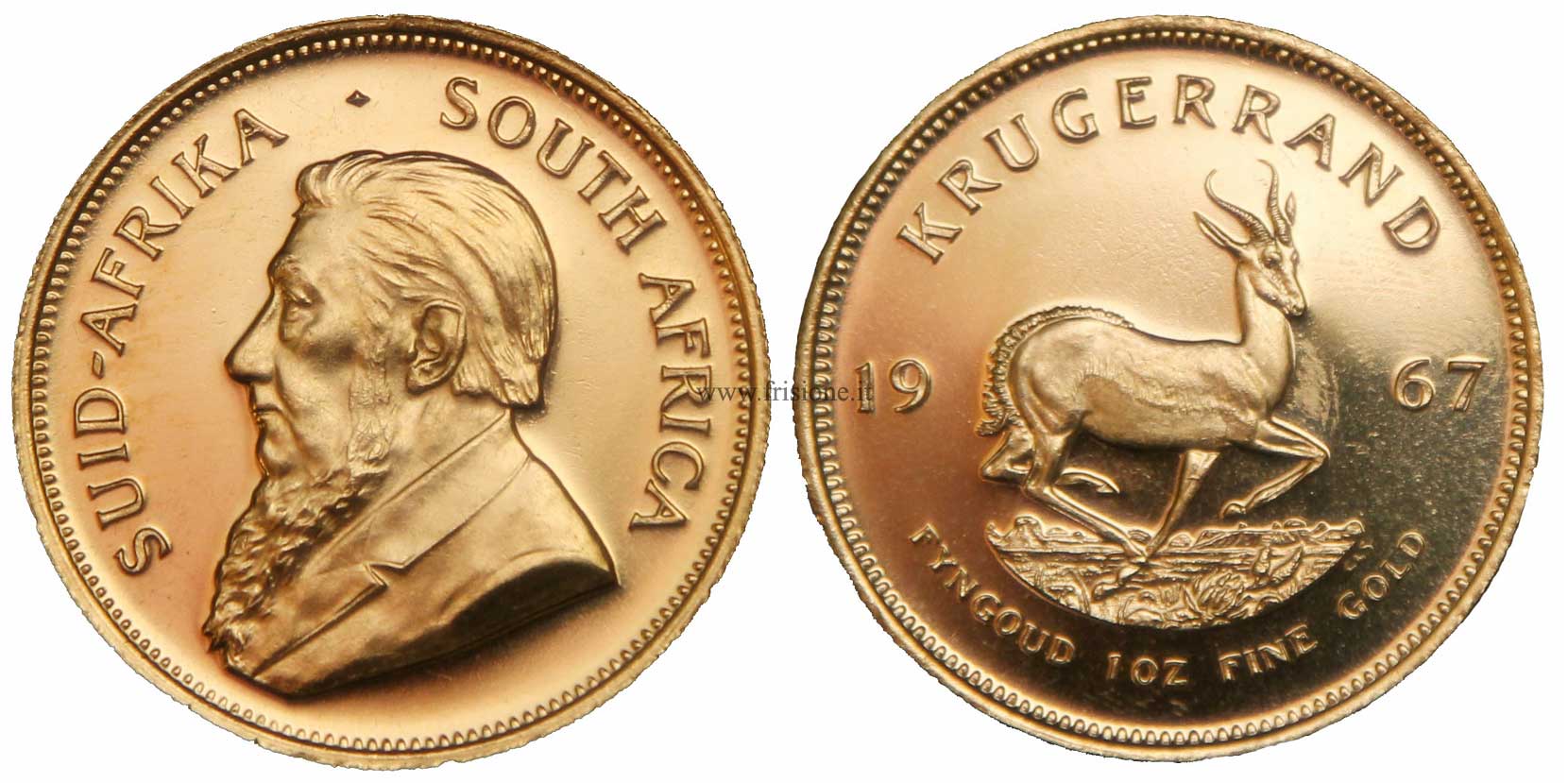
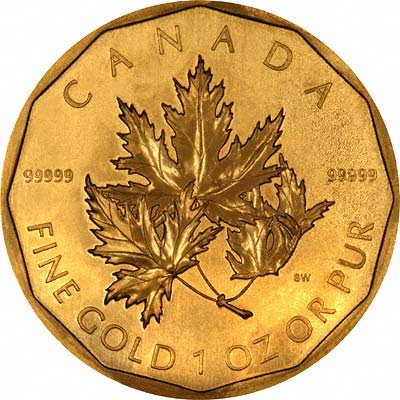
The main difference between bullion coins and collectibles is the rarity. A bullion coin contains gold and silver, and its price is based on the quantity of precious metal it contains. A numismatic coin is worth more than a bullion one, but not necessarily.
Whether you want to store gold or store it in an investment account, buying bullion coins can be a great way to invest in the economy. They can be stored easily, transported, and exchanged for currency in many countries.
Bullion coins can be sold for more than their face value, depending on their purity. So, when considering buying gold or silver coins, you should know a little bit more about them before you make a purchase.
Conclusion
Gold coins aren't just for investment purposes. You can use them as a learning tool and understand different cultures. Learn about the history of a country by collecting its coins.
If you're a beginner collector, you can start with a few less common denominations and move on to more expensive ones. The more difficult gold coins to find, the more you'll have to dive into research.
